Hemp is poised to become an immense new source of sustainable, domestically produced industrial raw materials.
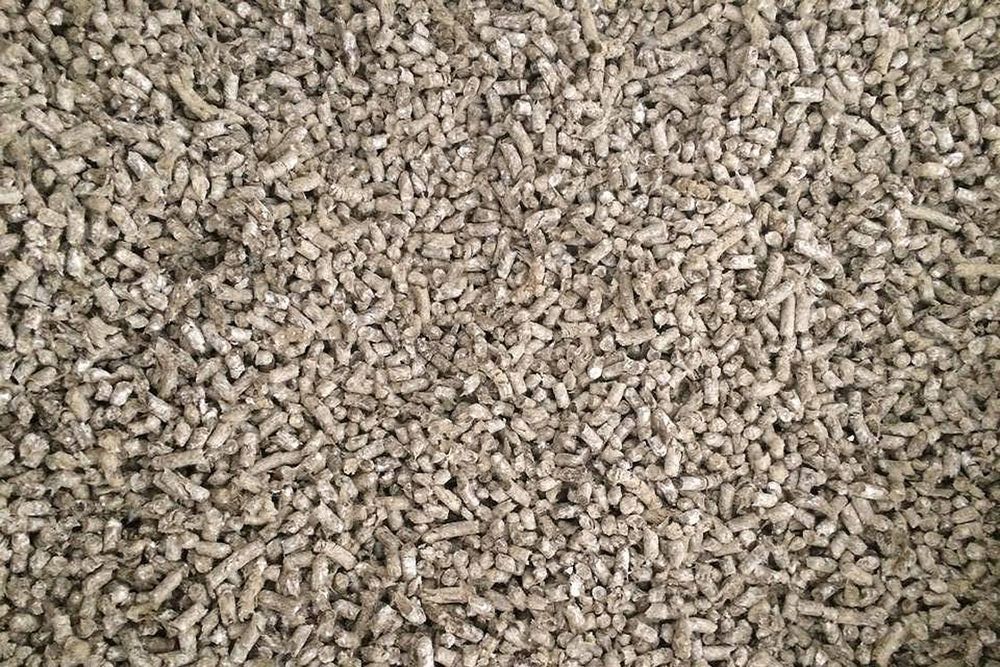

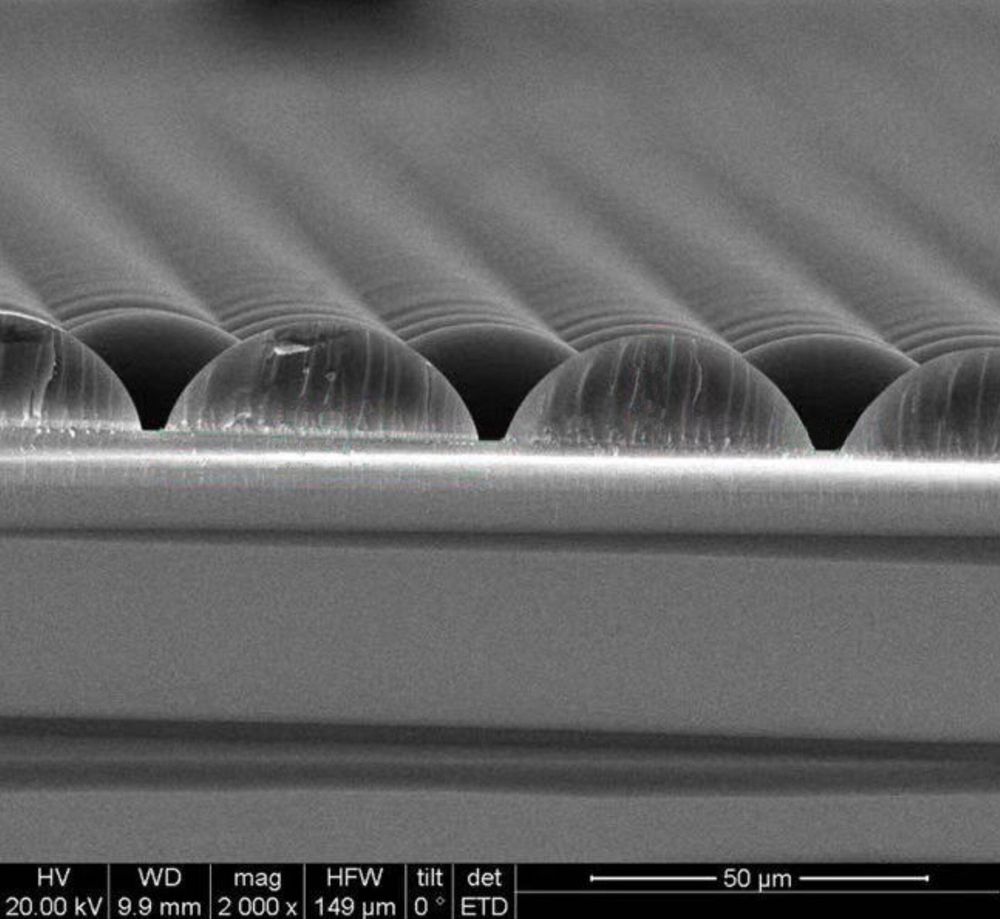
Capturing infrared light for solar cell applications.
Invisible infrared light accounts for half of all solar radiation on the Earth’s surface, yet ordinary solar energy systems have limited ability in converting it to power. A breakthrough in research at KTH could change that.
A research team led by Hans Ågren, professor in theoretical chemistry at KTH Royal Institute of Technology, has developed a film that can be applied on top of ordinary solar cells, which would enable them to use infrared light in energy conversion and increase efficiency by 10 percent or more.
“We have achieved a 10 percent increase in efficiency without yet optimizing the technology,” Ågren says. “With a little more work, we estimate that a 20 to 25 percent increase in efficiency could be achieved.”
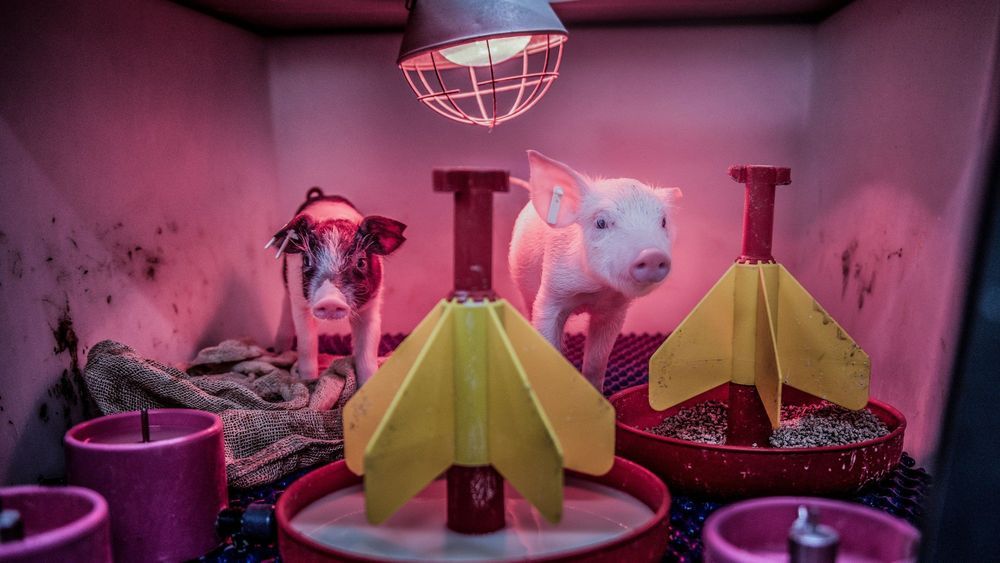
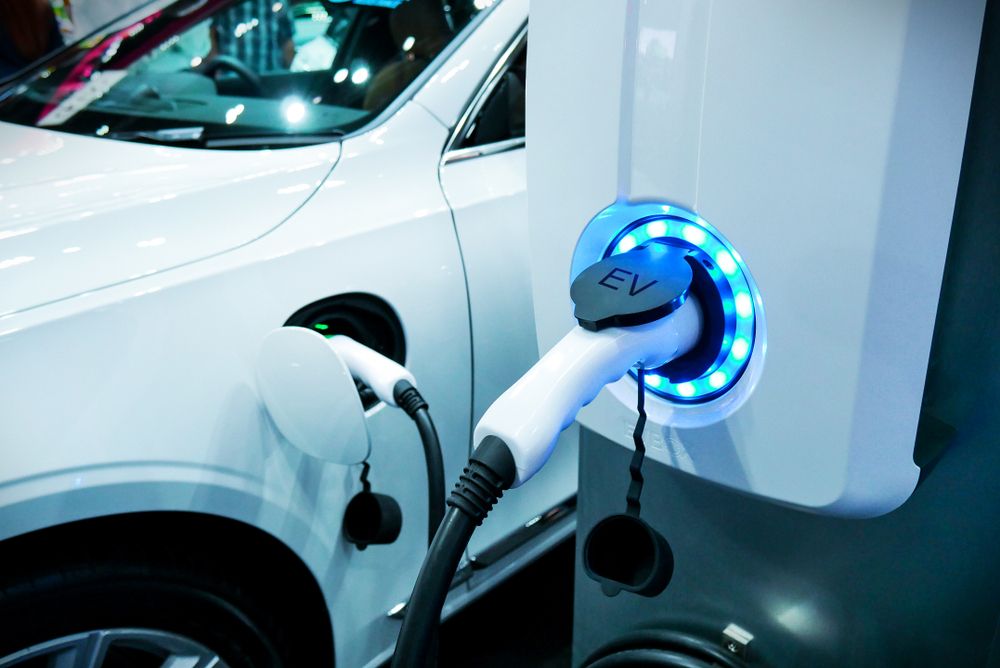
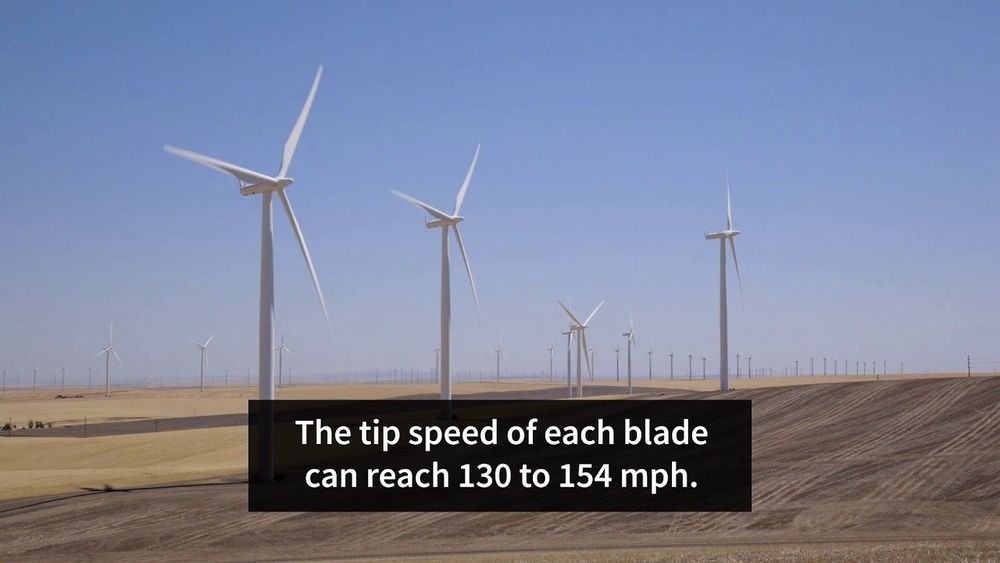
In what is believed to be a transit industry first in the United States, TriMet’s all-electric buses will be powered by 100 percent wind energy. TriMet and project partner Portland General Electric made the historic announcement on Tuesday, April 16, 2019. As Oregon’s largest transit provider, TriMet has committed to a non-diesel bus fleet by 2040. The initial journey toward a non-diesel fleet now begins with battery-electric buses that will be powered by PGE’s Clean Wind℠ renewable energy program.
“Today, we are riding the winds of change. TriMet’s commitment to a zero-emissions bus fleet by 2040 and support of wind power put the agency and our region at the forefront of a cleaner future.”
“We are proud to support TriMet’s work to electrify transportation across our region. Powered by wind, this all-electric bus line is a sustainable transportation option for the community and another step closer to a clean energy future for Oregon.”

Planting trees to save the planet just got a whole lot easier – no gardening gloves required.
Researchers say planting trees helps capture and store carbon – and a new app makes it easy for anyone to get involved.

The electric crossover SUV is planned to have around 300 miles of range and will “go like hell.” It will be revealed days before the LA Auto Show.
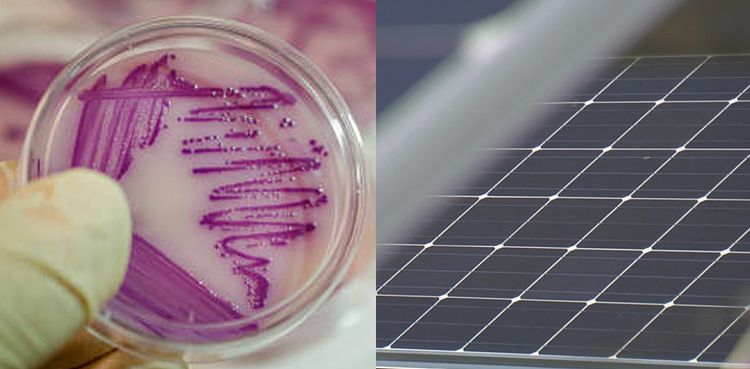
A study claims a new way to detect and attack cancer cells using technology traditionally reserved for solar power as the results showcased dramatic improvements.
The results published in Scientific Reports said that dramatic improvements were seen in light-activated fluorescent dyes for disease diagnosis, image-guided surgery and site-specific tumor treatment.
“We’ve tested this concept in breast, lung cancer and skin cancer cell lines and mouse models, and so far it’s all looking remarkably promising,” said Sophia, Michigan State University’s (MSU) biochemistry and molecular biologist.
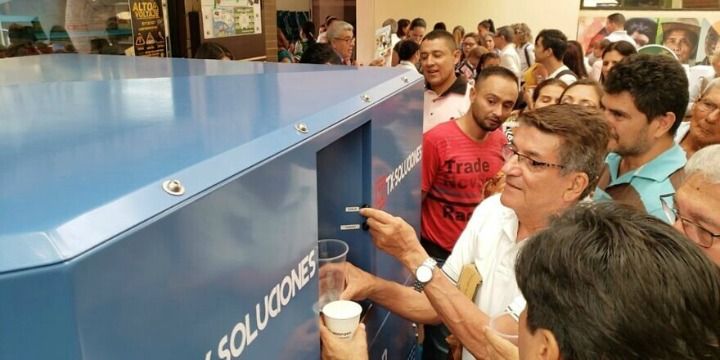
Residents of El Talento, a small town in Colombia adjacent to the city of Cúcuta, have been introduced to the GEN-M, Watergen’s medium-scale atmospheric generator that produces water out of air, October 2019. Photo: Courtesy.
JNS.org – Residents of El Talento, a small town in Colombia adjacent to the city of Cúcuta, have been introduced to the GEN-M, Watergen’s medium-scale atmospheric generator (AWG) that produces water out of air.
The machine, a technological innovation of the Israel-based company, arrived in Cúcuta at the beginning of October thanks to Andrés Suárez, pastor of the Christian Center and general manager of the alliance project with the State of Israel in Colombia.

In 2022, we’ll send a rover to hunt for water at the lunar south pole. Learn more about our VIPER mission and how its findings will bring us closer to establishing a sustainable presence on the Moon: https://go.nasa.gov/2WcDtCQ